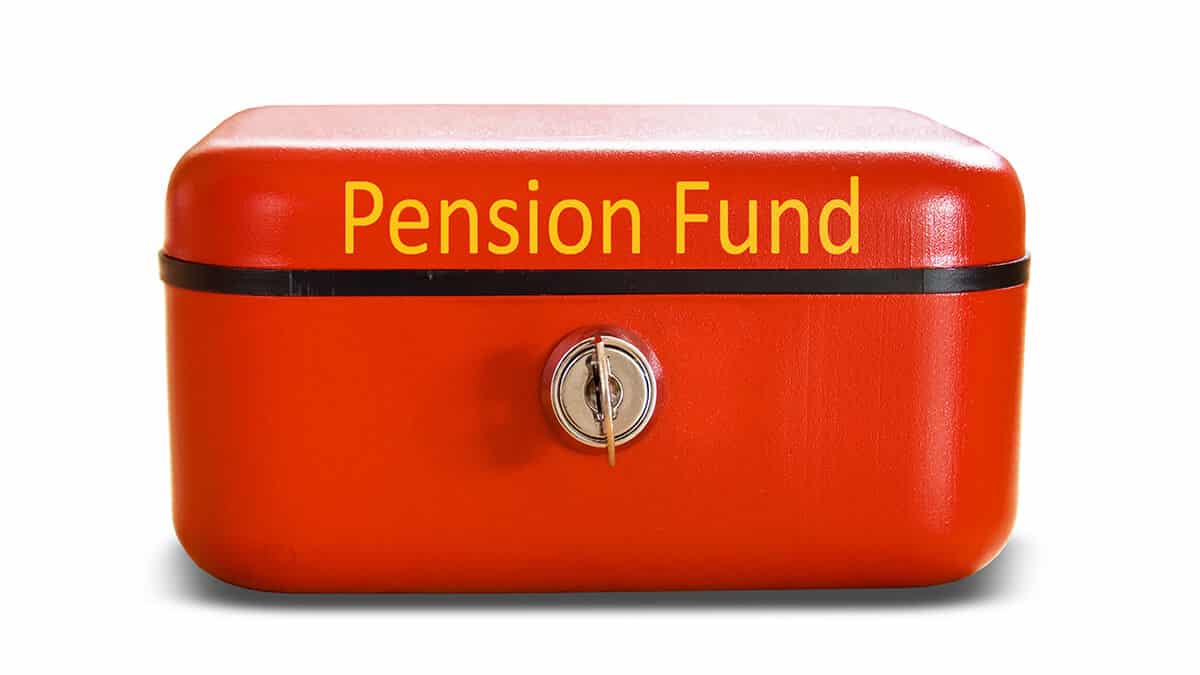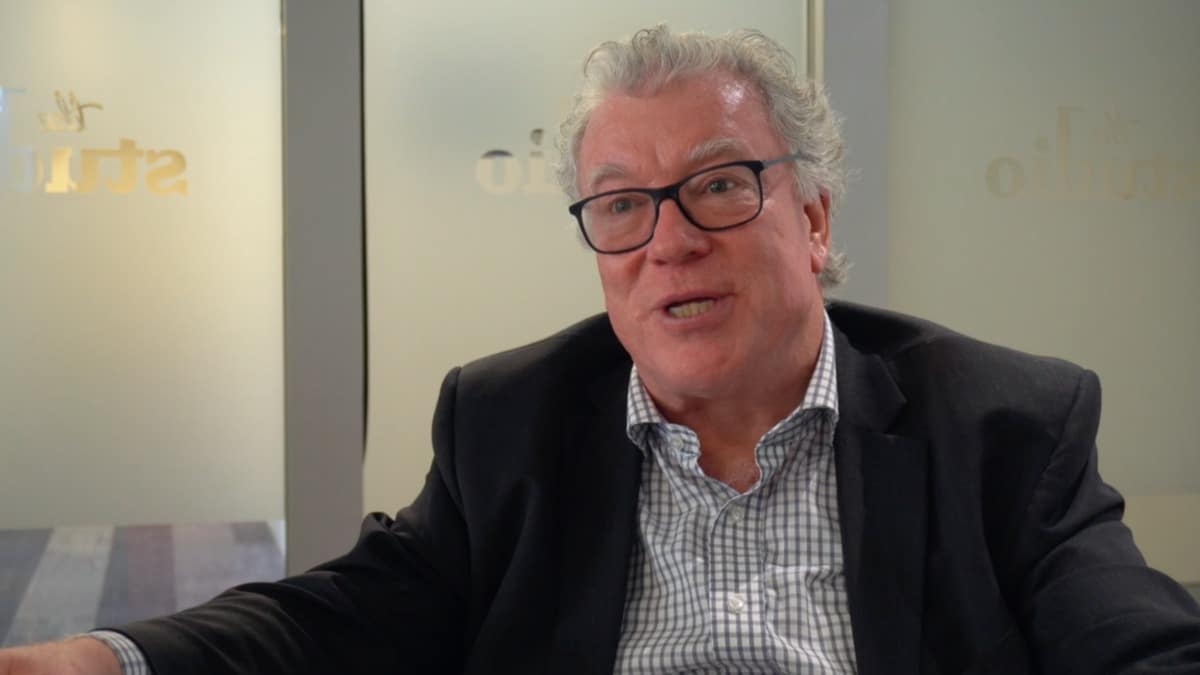SMSF pensions
-
How to start a pension in your SMSF
There are decisions to make and steps to take before a fund member can start withdrawing retirement income from their super. Here’s what trustees need to know.
-
Common financial mistakes SMSF trustees make just before retirement
There’s a lot to think about when you’re on the threshold of retirement, so it’s not surprising that mistakes are made and opportunities overlooked. Here’s what to watch out for.
-
Starting an SMSF pension checklist
Running your own super fund offers greater control and flexibility when it comes to paying pensions, but there are still regulatory hoops to jump through.
-
Commuting an SMSF account-based pension
If you want to commute (roll back) some or part of a super pension, or combine multiple pensions, you need to follow strict rules.
-
Exempt current pension income (ECPI) explained for SMSFs
Understanding the rules around ECPI can help reduce tax and save costs when fund members move into retirement phase.
-
How SMSFs segregate assets in retirement
In some circumstances it can make sense to allocate assets to particular fund members. We explain the how and the why.
-
What happens if I don’t pay the minimum pension from my SMSF?
Now updated with a handy video guide. Adverse tax and compliance outcomes can occur if you fail to take your minimum pension payment each year. Don’t get caught due to poor SMSF administration.
-
Legacy pension relief for SMSFs
Proposed changes to legacy pensions will make it much easier to switch to newer, more flexible products without some of the previous hurdles and restrictions.
-
SMSF multiple pensions: Benefits and strategies
Running multiple pensions from the one SMSF can be extremely beneficial. From tax planning to estate planning, there is a lot to consider!
-
What are the lump sum withdrawal rules for SMSFs?
Do you know the difference between pension payments and lump sums? The process for taking a lump sum from your accumulation account or your pension account?
-
SMSFs: What is an actuarial certificate, and how much do they cost?
When a member of your SMSF retires and starts receiving pension income, then it’s time to put an actuarial certificate on your annual to-do list. Here’s what’s involved.
-
In-specie transfers out of an SMSF
There are many reasons you may want to transfer an asset out of your super fund into your own name, but there are processes you need to follow.
-
SMSF minimum pension payments: Rules and strategies
For SMSF members in retirement phase, strict rules apply to minimum pension payments and breaches can be costly.
-
SMSF pensions: Planning your pension properly
Tim Miller from SuperGuardian discusses the most important considerations when planning a pension, potential traps to look out for, and what often can be overlooked.
-
Video: Explainer on the legacy retirement income products amnesty
John Maroney, CEO of the SMSF Association explains the amnesty on legacy retirement income products that was announced in the 2021 Federal Budget.













